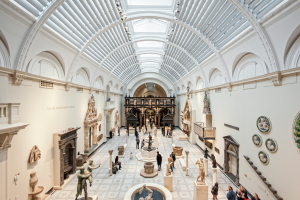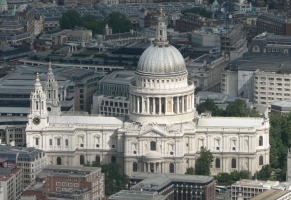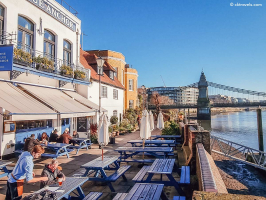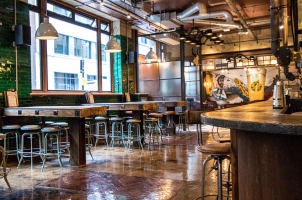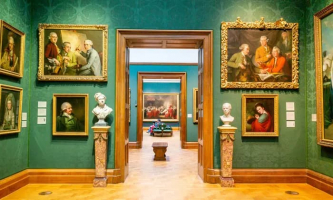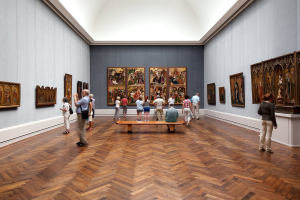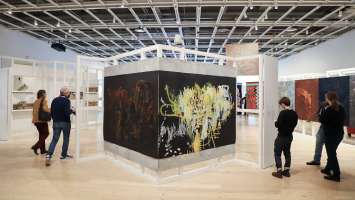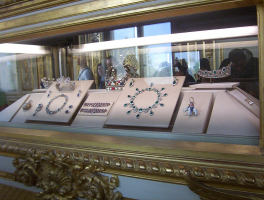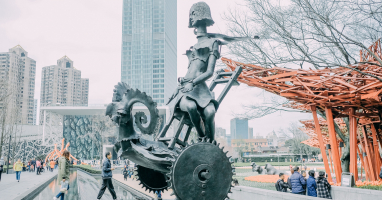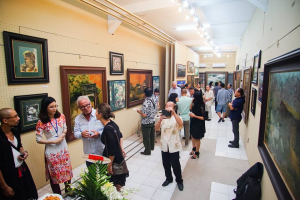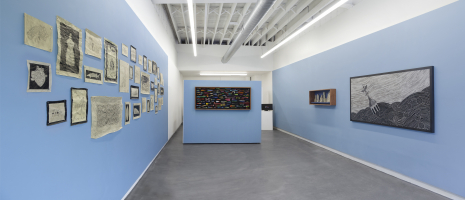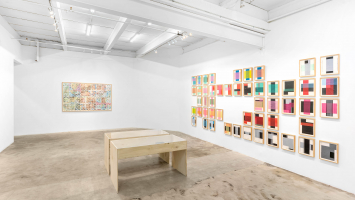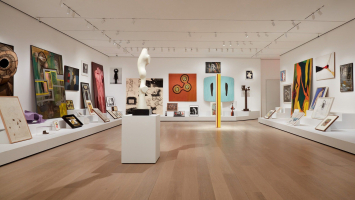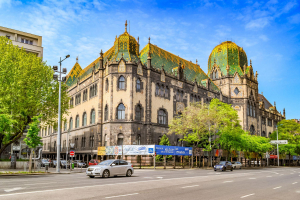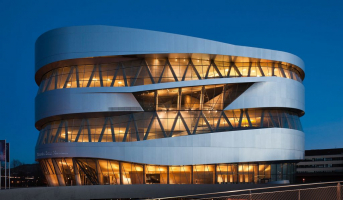Top 10 Free Museums and Galleries in London
Enjoy the finest of London's culture for nothing at all, including the city's numerous world-class free exhibitions, spectacular art galleries, and beautiful ... read more...historic homes. There are no admission fees for these museums' and galleries' permanent collections, however there can be for their special exhibitions. It's hardly surprising that London is one of the world's cultural capitals given the abundance of free attractions the city offers, including many of the outstanding museums and galleries. Here are some of the Free Museums and Galleries in London.
-
The British Museum is a free, public museum of human history, art, and culture that is situated in London's Bloomsbury neighborhood. Its eight million-piece permanent collection is one of the biggest and most complete ones ever assembled. The history of human civilization, from its inception to the present, is chronicled. The British Museum was the world's first national museum open to the general public.
In great part on the collections of the Anglo-Irish physician and scientist Sir Hans Sloane, the Museum was founded in 1753. On the site of the present structure, in Montagu House, it initially welcomed guests in 1759. The Natural History Museum was the first of several branch institutions or independent spin-offs created as a result of the museum's expansion during the next 250 years, which was largely a result of British colonization.
The British Library was separated from the British Museum by the British Library Act of 1972 in 1973, however the British Library remained housed in the same Reading Room and building as the museum until 1997. Like all national museums in the UK, the museum is a non-departmental public organization supported by the Department for Digital, Culture, Media, and Sport. It does not charge admission, with the exception of loan exhibitions.
Its ownership of a small portion of its most famous foreign-origin artifacts is disputed and is still at the center of worldwide debate over repatriation requests, most notably in the cases of the Greek Elgin Marbles and the Egyptian Rosetta Stone.
Established: 7 June 1753; 269 years ago
Location: Great Russell Street, London WC1B 3DG, England, United Kingdom
Collection size: approx. 8 million objects
Visitors: 1,275,400 (2020)
Area: 807,000 sq ft (75,000 m2) in94 galleries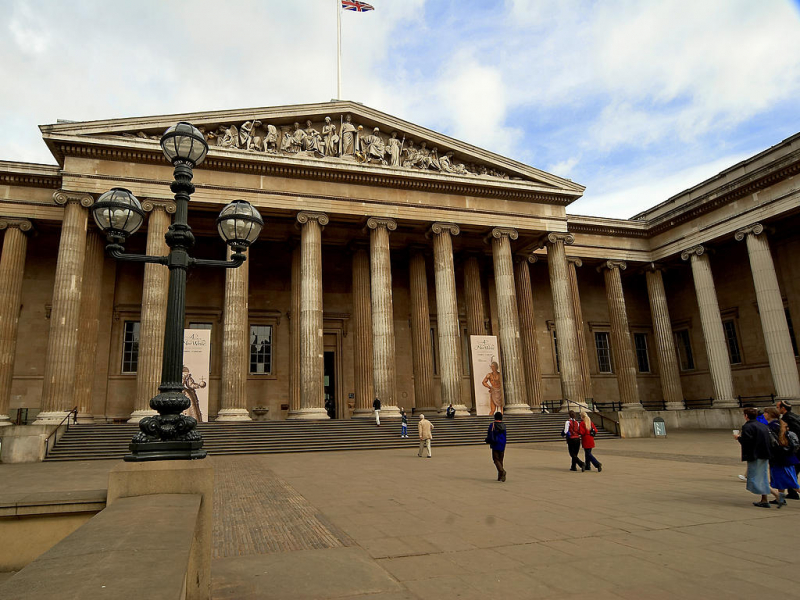
https://traveldigg.com/ 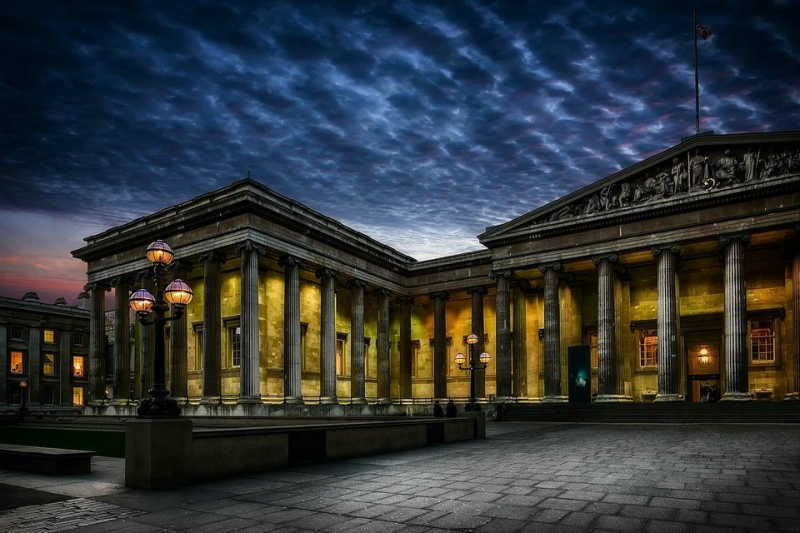
https://in-cyprus.philenews.com -
The National Gallery is a museum of art located in the City of Westminster, in the heart of London, England. Trafalgar Square. It was established in 1824 and now holds a collection of about 2,300 artworks from the middle of the 13th century to 1900.
The Gallery is a non-departmental public organization and an exempt charity under the jurisdiction of the Department for Digital, Culture, Media, and Sport. For the benefit of the British people, the government owns its collection, and visitors are not charged to view the majority of it. Due to the COVID-19 epidemic, it only received 1,197,143 visitors in 2020, a 50% decrease from 2019, yet it still held the eighth spot among the most popular art museums in the world.
The National Gallery was not established by nationalizing an existing royal or princely art collection, unlike comparable institutions in continental Europe. It was established in 1824 after the British government purchased 38 artworks from John Julius Angerstein's heirs. Following that initial acquisition, the Gallery's early directors, particularly Charles Lock Eastlake, and private donations—which today make up two-thirds of the collection—had a major influence.
Although the collection is smaller than many national galleries in Europe, it is encyclopedic in breadth and includes significant works from each of the major Western painting movements, "from Giotto to Cézanne". The idea that this was one of the few national galleries with all of its works on permanent display has since been refuted. William Wilkins designed the current structure, the third to house the National Gallery, between 1832 and 1838.
Since the building has been expanded incrementally over the course of its history, only the façade facing Trafalgar Square has practically not changed. The lack of room in Wilkins's structure, which was frequently criticized for having apparent design flaws, helped to inspire the creation of the Tate Gallery for British art in 1897. A notable example of Postmodernist architecture in Britain is the Sainsbury Wing, a westward expansion to the building designed by Robert Venturi and Denise Scott Brown in 1991. Gabriele Finaldi is the National Gallery's current director.
Established; 1824; 198 years ago
Location: Trafalgar Square, London, England, United KingdomVisitors: 6,011,007 (2019)
Website: www.nationalgallery.org.uk
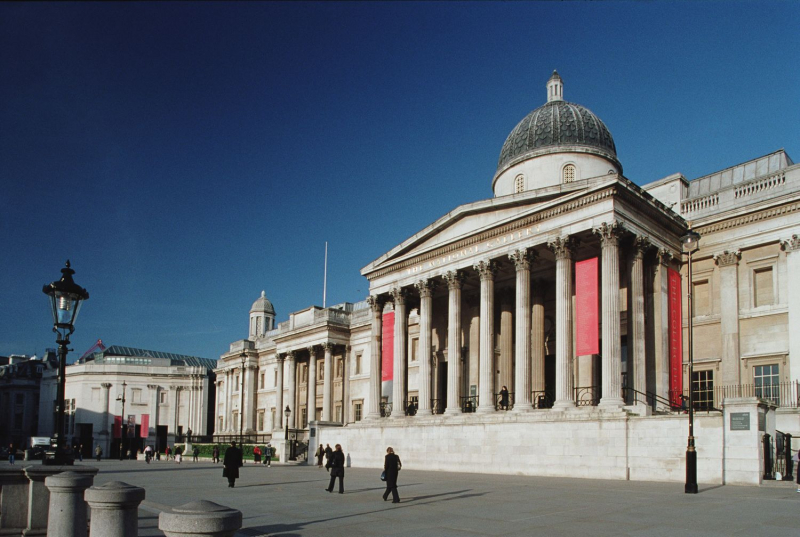
https://www.artrabbit.com 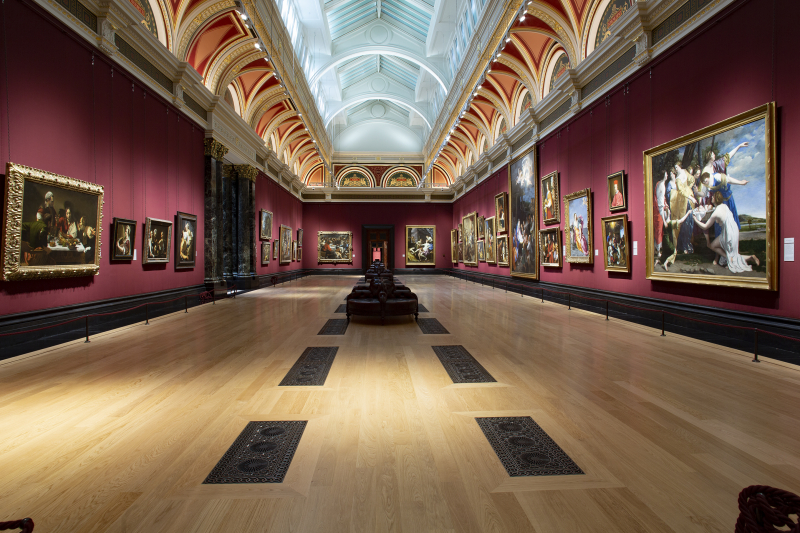
https://lovelondonloveculture.com/ -
In Greenwich, London, there is a marine museum called the National Maritime Museum (NMM). It is a component of Royal Museums Greenwich, a collection of museums located inside the World Heritage Site of Maritime Greenwich. It has no general entry fee, like other publicly funded national museums in the UK, although there are normally admission fees for most side-gallery temporary exhibitions, which are frequently augmented by many loaned pieces from other museums.
The National Maritime Museum Act of 1934 established the institution under the direction of a Board of Trustees that was chosen by HM Treasury. It is based on Sir James Caird's (1864–1954) kind gifts. On April 27, 1937, King George VI traveled up the Thames with his daughter Princess Elizabeth to officially inaugurate the museum. Sir Geoffrey Callender served as the first Director.
Several organizations were fighting for the opportunity to buy the 5,500 RMS Titanic artifacts that belonged to Premier Exhibitions, which went bankrupt, in late August 2018. In the end, a group that was soliciting funds to buy the 5,500 artifacts included the National Maritime Museum, Titanic Belfast, Titanic Foundation Limited, and National Museums Northern Ireland.
The team wanted to preserve everything as a single exhibit. The Titanic was built in Belfast, and the oceanographer Robert Ballard said he supported this idea since it would guarantee that the artifacts would be permanently displayed there and in Greenwich. The bid procedure established by the bankruptcy court in Jacksonville, Florida received criticism from the museums. The group lacked the necessary cash to place the minimum offer, which was set at US$21.5 million (£16.5 million) for the auction on October 11th, 2018.
Established: 1937; 85 years ago
Location: GreenwichLondon, SE10United Kingdom
Collection size: 2 million+ objects
Visitors: 2,367,904 (2009)
Website: rmg.co.uk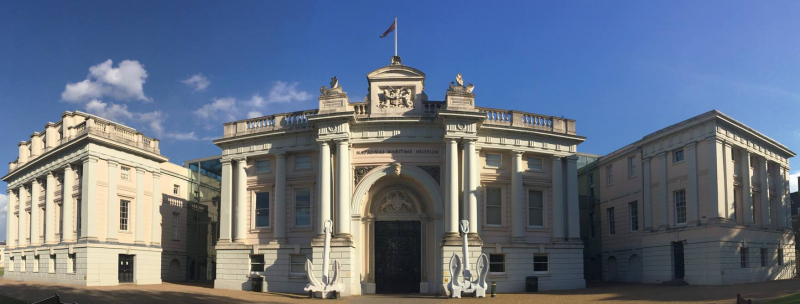
https://www.thelondonexperiencecard.com/ 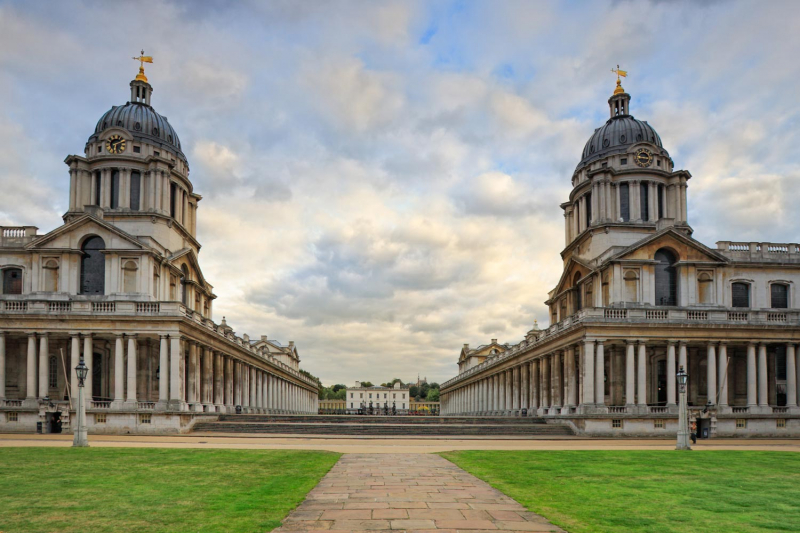
https://www.wondersoflondon.com/ -
The UK's capital city's history, from prehistoric periods to the present, is chronicled by the Museum of London. It is a component of the Barbican complex of buildings, which was built in the 1960s and 1970s to reconstruct a bomb-damaged portion of the city, and is situated in the City of London on the London Wall, next to the Barbican Centre.
With more than six million items, the museum has the world's greatest collection of urban history. Near the edge of London's oldest neighborhood, which is now the city's primary financial area, the museum is a short distance north of St. Paul's Cathedral and looks out over the ruins of the Roman city wall. The social history of London and its residents over time is its main focus.
The City of London Corporation and the Greater London Authority jointly run and fund the museum. The museum made plans to relocate from its Barbican location to the nearby Smithfield Market in March 2015. In order to proceed, an estimated £70 million must be raised.
Established: December 1976; 45 years ago
Location: 150 London WallBarbican, London, EC2Y 5HNUnited Kingdom
Visitors: 706,219 (2019)Website: museumoflondon.org.uk
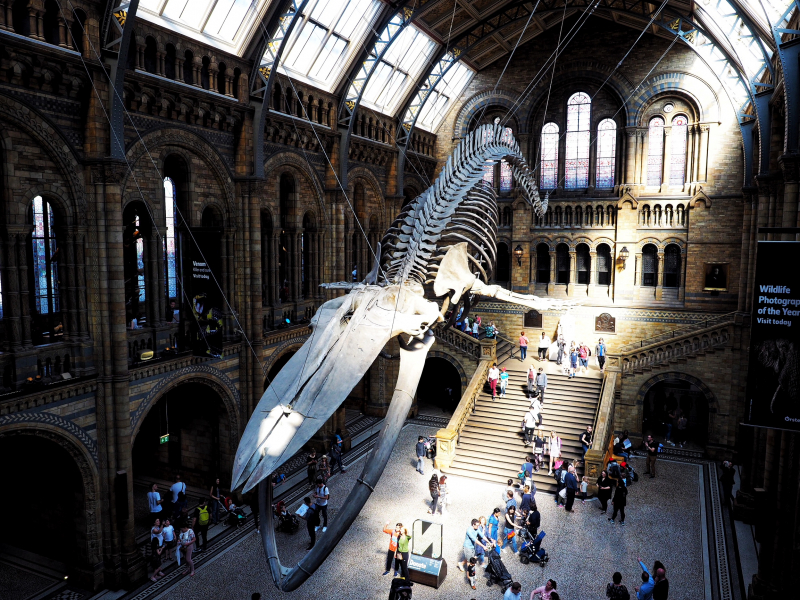
http://www.thezeg.com/ 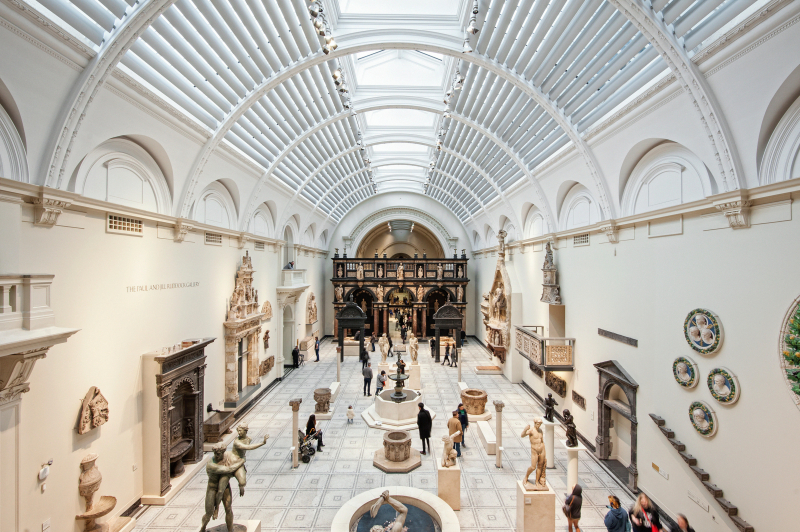
https://www.qantas.com -
The Royal Academy of Arts (RA) is a London-based gallery with offices in Burlington House on Piccadilly. It was established in 1768 and occupies a distinctive position as an independent, privately funded institution run by renowned architects and painters. Through exhibitions, instruction, and discussion, it seeks to advance the creation, enjoyment, and appreciation of the visual arts.
The Society for the Encouragement of Arts, Manufactures, and Commerce members, particularly the sculptor Henry Cheere, attempted to form an independent academy of arts in 1755, which is where the Royal Academy of Arts got its start. Before this, a number of painters, like Cheere and William Hogarth, were involved in small-scale private art academies like the St Martin's Lane Academy or were members of the Society for the Encouragement of Arts, Manufactures and Commerce.
Despite the failure of Cheere's attempt, the final charter—known as a "Instrument"—used to organize the Royal Academy of Arts more than ten years later was nearly identical to the one created by Cheere in 1755.
Established: 1768; 254 years ago
Location: PiccadillyLondon, W1,England, United KingdomVisitors: 1,285,595 (as of 2016)
Website: royalacademy.org.uk
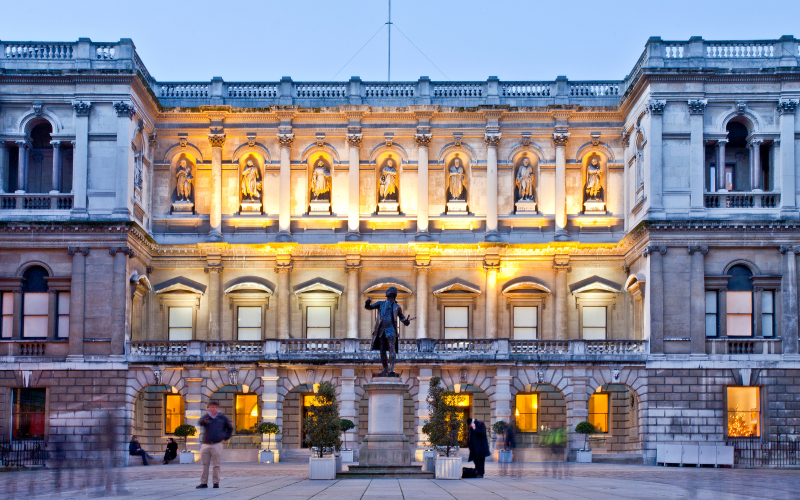
http://www.travelandleisure.com/ 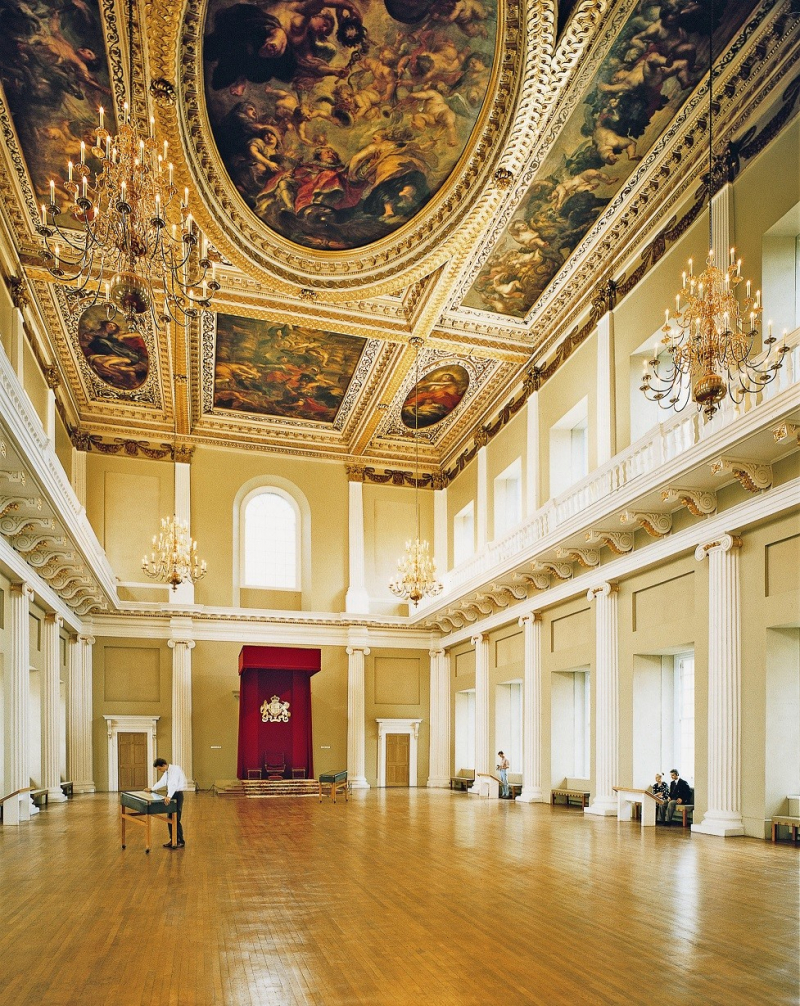
https://www.royalacademy.org.uk/ -
On Exhibition Road in South Kensington, London, there is a significant museum called the Science Museum. It was established in 1857 and is a popular tourist destination in the city, bringing in 3.3 million tourists a year as of 2019.
The Science Museum does not charge admission, like other publicly supported national museums in the United Kingdom, although visitors are asked to make a donation if they are able to. Admission to temporary
exhibitions could be charged. It belongs to the Science Museum Group, which consists of five museums.
Bennet Woodcroft, the founder of South Kensington Museum and the Victoria and Albert Museum, built the museum in 1857 with the help of the Royal Society of Arts' collection and leftovers from the Great Exhibition. It contained a collection of tools that was later transformed into the Patent Office Museum in 1863 and the Museum of Patents in 1858. Many of the most well-known exhibits from what is now the Science Museum were part of this collection.
The Patent Office Museum's collection was moved to the South Kensington Museum in 1883. The Science Collections was renamed the Science Museum in 1885, and a separate director was appointed the following year (1893). The Art Museum was changed from The Art Collections to The Victoria & Albert Museum.Established: 1857; 165 years ago (separate status formalised 1909)
Location: Exhibition Road, Kensington & Chelsea London, SW7 2DD, United KingdomVisitors: 955,873 (2021)
Website: sciencemuseum.org.uk
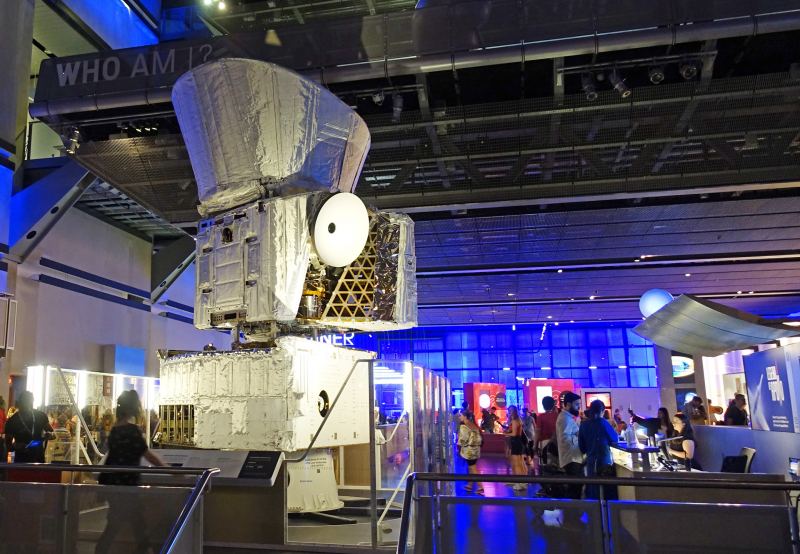
https://expilab.com/ 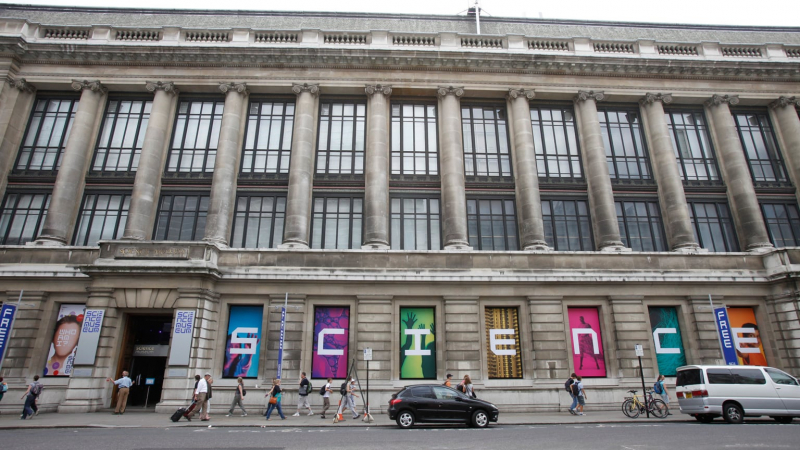
https://www.artfund.org/ -
Three of the five English locations where the Imperial War Museums (IWM) have branches are in London. The IWM is a British national museum organization. The Imperial War Museum was established in 1917 with the goal of documenting the sacrifices made by Britain and its Empire during the First World War in both the civic and military spheres. Since then, the museum's scope has been broadened to cover every war in which British or Commonwealth forces have participated since 1914. The museum's mission as of 2012 is to "promote and facilitate the study of the history of modern conflict and 'wartime experience'".
The museum was initially located at the Crystal Palace at Sydenham Hill and welcomed visitors in 1920. The museum first relocated to a location at South Kensington's Imperial Institute in 1924, and then in 1936 it eventually found a permanent home in Southwark, which had previously been the Bethlem Royal Hospital. The museum expanded its holdings and scope of study before the Second World Conflict broke out, but after the war the institution went into decline. The Imperial War Museum London, the organization's corporate headquarters, was renovated by the museum in the 1960s and is located in Southwark.
The museum started to take over new locations in the 1970s. The first occurred in 1976 at what is now known as IWM Duxford, a historic airport in Cambridgeshire. The Royal Navy cruiser HMS Belfast, which had previously been conserved for the country by a private charity, joined the museum in 1978. The Cabinet Conflict Rooms, an underground command post for times of war, became accessible to the general public in 1984. The museum's Bethlem building received a series of multimillion-pound renovations starting in the 1980s that were finished in 2000. The fifth and first location of the museum in the north of England, IWM North opened in Trafford, Greater Manchester, in 2002. The museum changed its name to IWM, which stands for "Imperial War Museums," in 2011.
Established: 1917; 105 years ago (branches opened 1976, 1978, 1984 and 2002)
Location:- IWM London: Lambeth Road, London
- IWM Duxford: Duxford, Cambridgeshire
- HMS Belfast: The Queen's Walk, London
- Churchill War Rooms: Clive Steps, King Charles Street, London
- IWM North: The Quays, Trafford Wharf Road, Manchester
Collection size: 10,700,000 items or collections of items.
Visitors:
- All branches: 2,667,926
- IWM London: 1,073,936
- IWM Duxford: 401,287
- HMS Belfast: 327,206
- Churchill War Rooms: 620,933
- IWM North: 244,564
Website: www.iwm.org.uk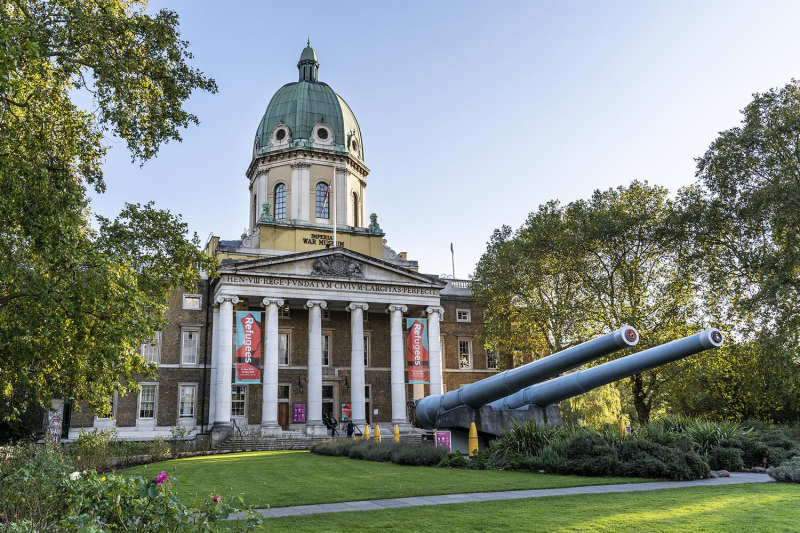
http://www.artfund.org/ 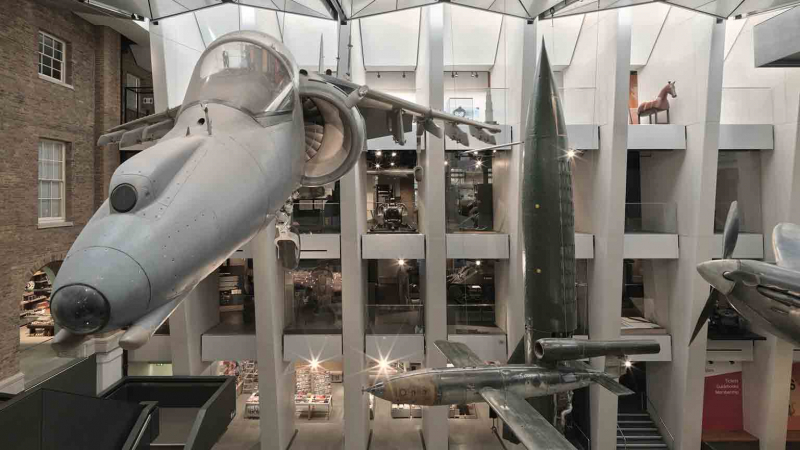
http://www.artfund.org/ -
With a permanent collection of more than 2.27 million items, the Victoria and Albert Museum in London—often referred to as the V&A—is the largest museum in the world devoted to decorative, applied, and design arts. It was established in 1852 and given the names Victoria and Albert.
Because of its connections to Prince Albert, the Albert Memorial, and the significant cultural organizations with which he was affiliated, the V&A is situated in the Royal Borough of Kensington and Chelsea, in a region known as "Albertopolis." These include Imperial College London, the Natural History Museum, the Science Museum, the Royal Albert Hall, and others. The Department for Digital, Culture, Media, and Sport is a non-departmental public organization that sponsors the museum. Like other national museums in Britain, admission is free.
The museum has the greatest collection of post-classical sculpture in the entire world, and its collection of art from the Italian Renaissance is the largest outside of Italy. Art from South Asia, China, Japan, Korea, and the Islamic world can be found in the Asian art departments. The Islamic collection is one of the biggest in the Western world, and the East Asian collections are among the best in Europe, with particular strengths in ceramics and metalwork. It is one of the biggest museums in the world overall.Established: 1852; 170 years ago
Location: Cromwell Road, Kensington and Chelsea, London, SW7, United Kingdom
Collection size: 2,278,183 items in 145 galleries
Visitors: 3,992,198 (2019)
Website: www.vam.ac.uk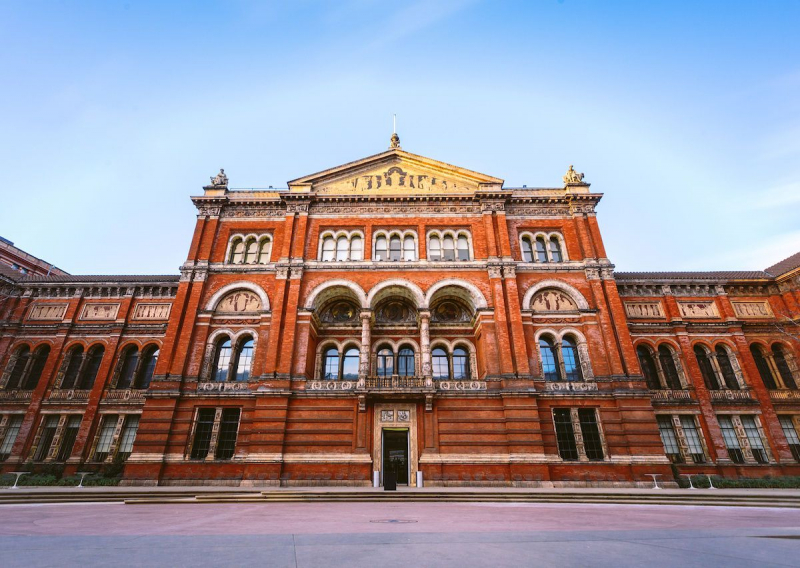
https://matadornetwork.com 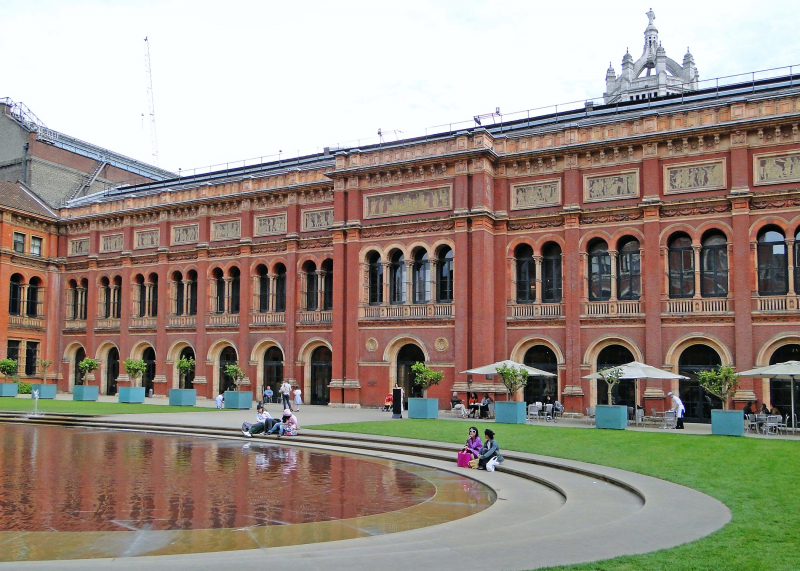
http://www.thousandwonders.net/ -
An art gallery in London is called Tate Modern. In addition to Tate Britain, Tate Liverpool, and Tate St. Ives, it is home to the national collection of modern and contemporary art for the United Kingdom. [2] It is situated at the former Bankside Power Station in the Southwark neighborhood of London. One of the biggest museums of modern and contemporary art in the world is Tate Modern.
There is no entrance fee for access to the collection exhibits, which occupy the majority of the gallery space, as there is for the other national galleries and museums in the UK. However, tickets are required for the major temporary exhibitions. The COVID-19 epidemic forced the museum to close for 173 days in 2020, which resulted in a 77% drop in visitors to 1,432,991 that year. The Tate was the most visited art museum in Britain and ranked third globally in terms of visitors in 2020. Blackfriars, which is 0.5 km away and has both a train station and an Underground station, is the closest.
Established: 2000; 22 years ago
Website: tate.org.uk/modern
Location: BanksideLondon, SE1United Kingdom
Visitors: 1,432,991 (2020)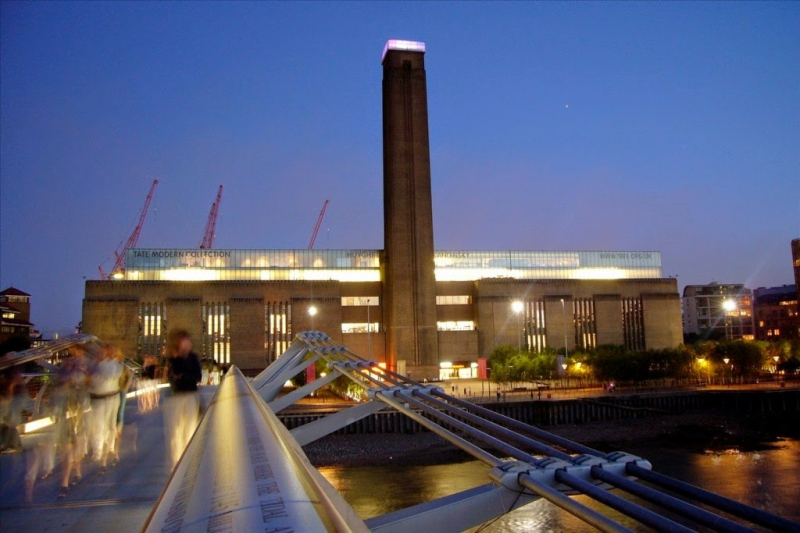
http://www.tourist-destinations.com 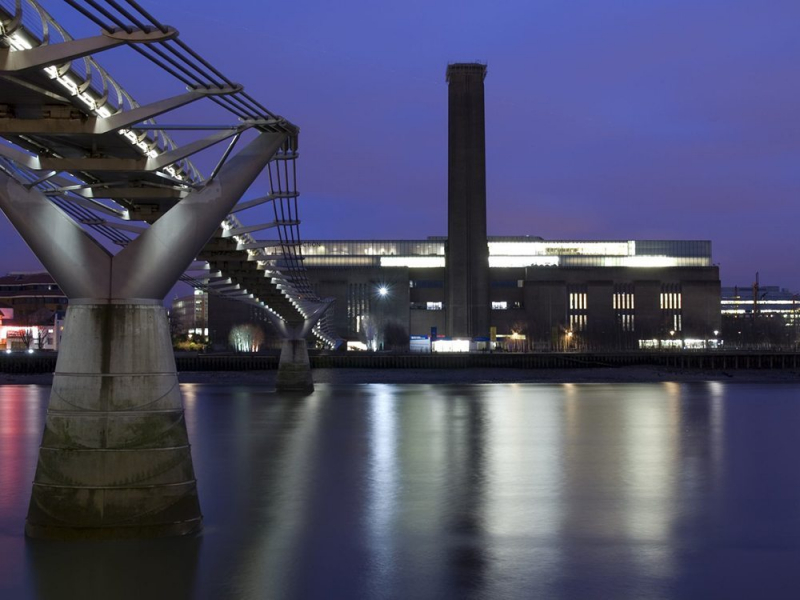
http://tricon.co.uk/ -
Tate Britain is an art museum on Millbank in the City of Westminster in London, England. It was formerly known as the National Gallery of British Art from 1897 to 1932 and as the Tate Gallery from 1932 to 2000. Along with Tate Modern, Tate Liverpool, and Tate St. Ives, it is a component of the English Tate network of art galleries.
Due to its 1897 opening, it is the network's oldest gallery. It holds a substantial collection of British art dating back to the Tudor era, with a focus on the works of J. M. W. Turner, who left the country his entire personal collection. Due to COVID-19 pandemic shutdown, the museum saw 391,595 visitors in 2020, a 78% decrease from 2019. Despite this, the museum was still ranked 52nd among the most popular art museums in the world.
The national gallery of British art from 1500 to the present day is called Tate Britain. As a result, it is the world's largest collection of its sort (only the Yale Center for British Art can claim similar expansiveness, but with less depth). David Hockney, Peter Blake, and Francis Bacon are more recent artists. The permanent Tate collection includes works that might be on display at Tate Britain.
Established: 1897; 125 years ago
Visitors: 391,599 (2020)
Location: Millbank London, SW1
Website: tate.org.uk/britain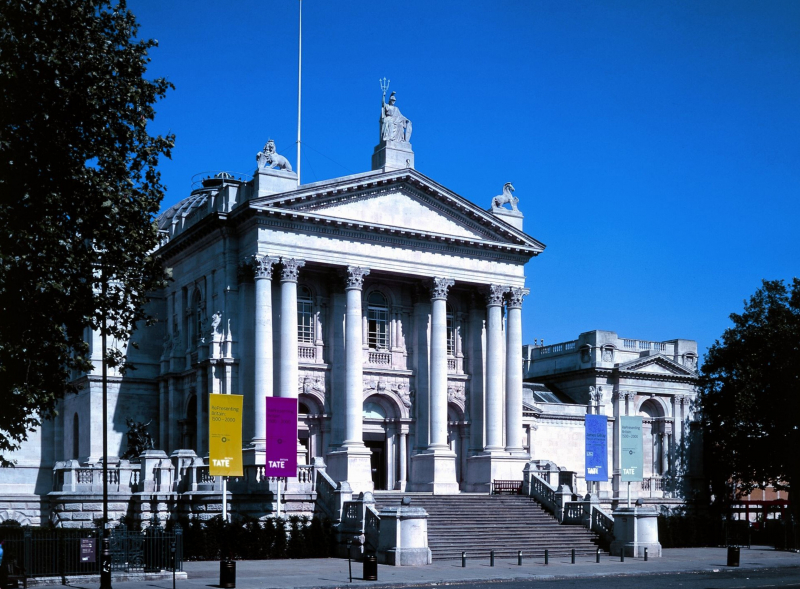
https://www.sothebys.com 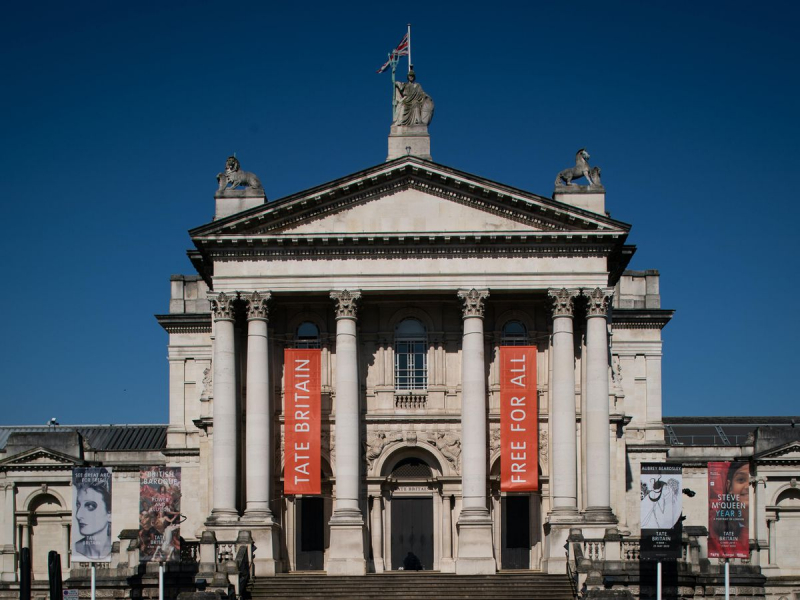
https://www.shropshirestar.com/












